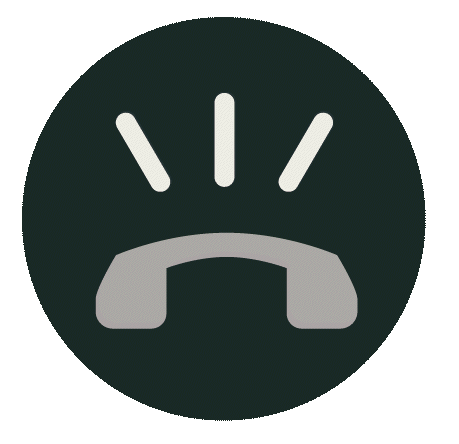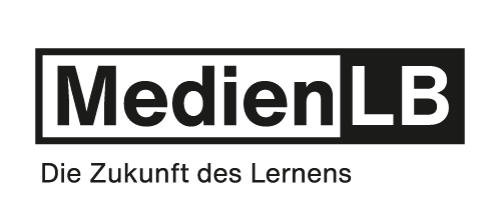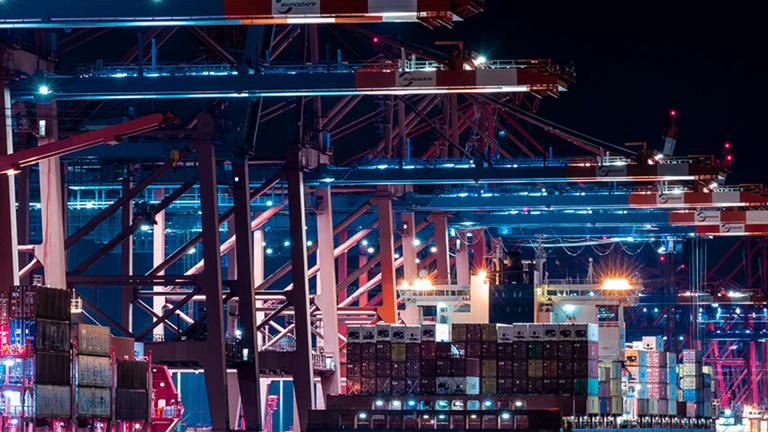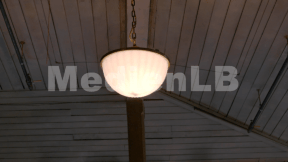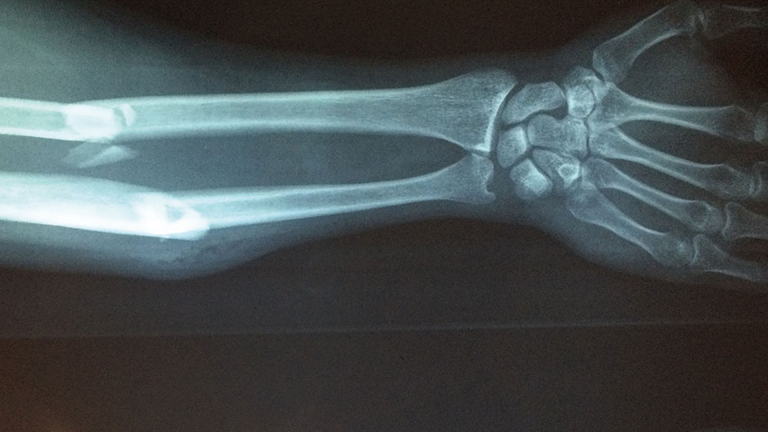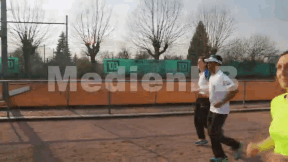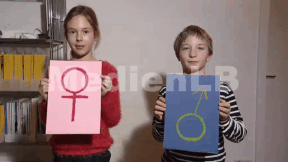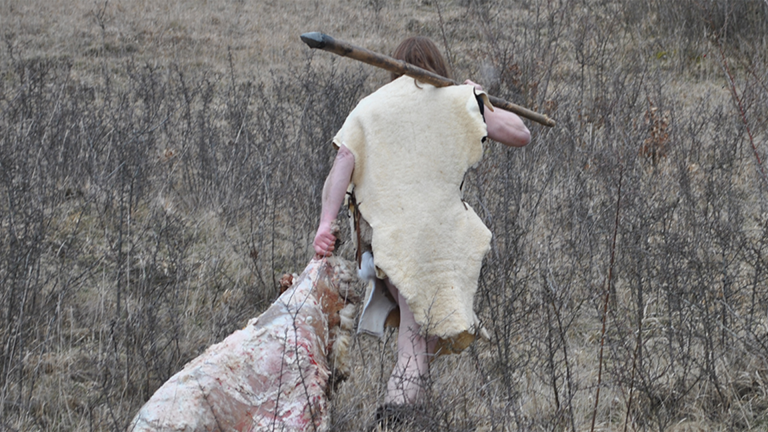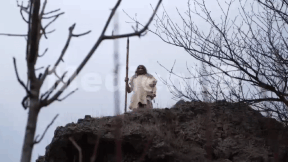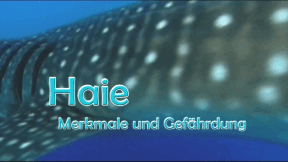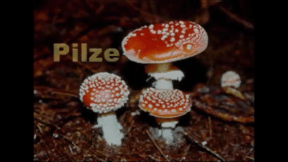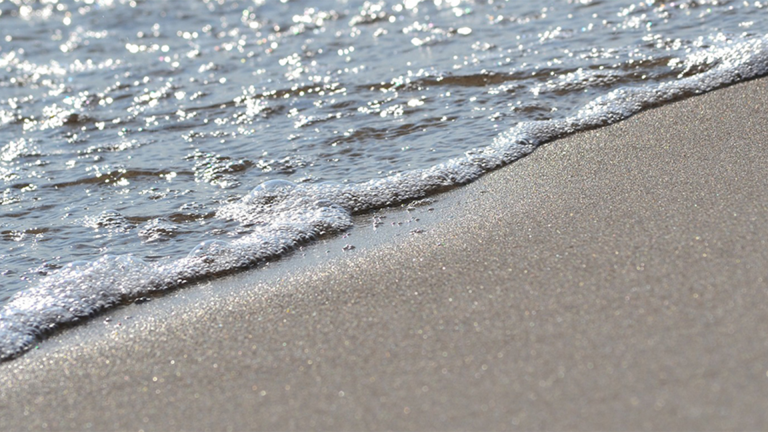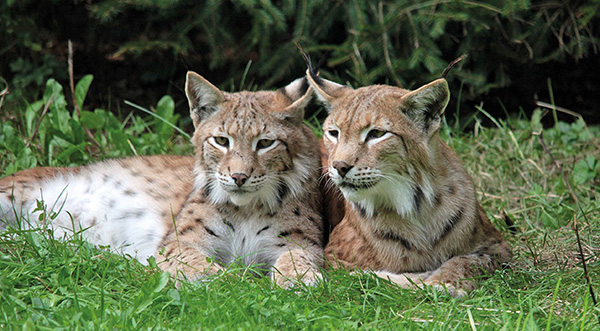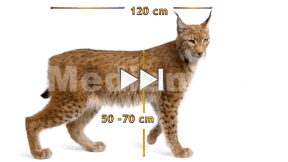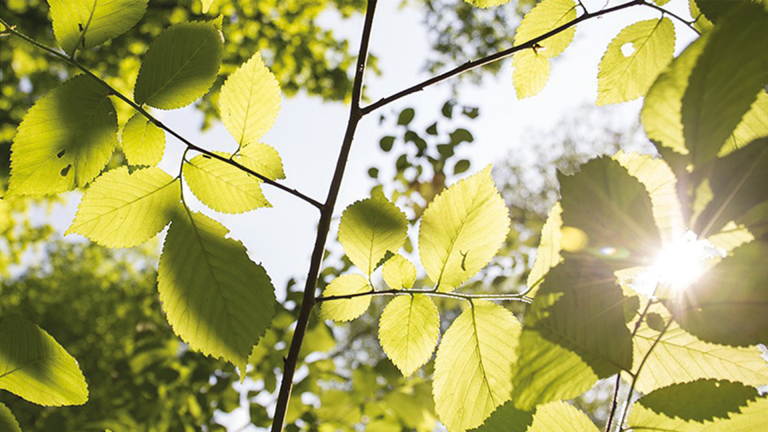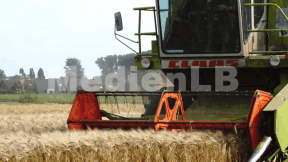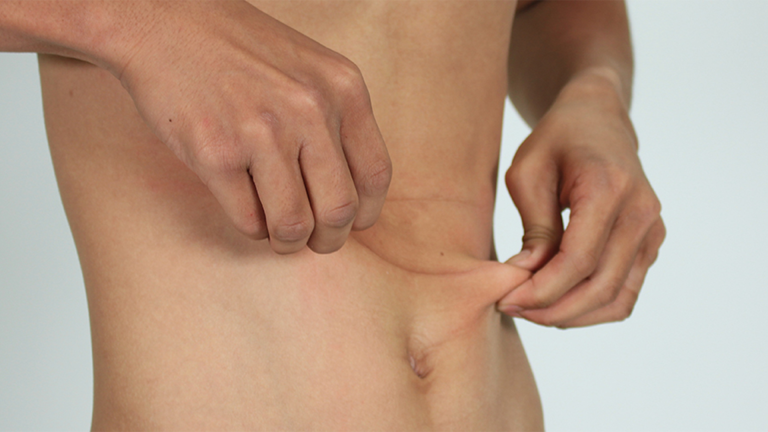Suche:
- # Artistry
- # Biology
- # Chemistry
- # Ecological
- # Economy
- # English
- # Foreign Language
- # Geography
- # German
- # Health
- # History
- # Informatik
- # Latin
- # Mathematics
- # Media Education
- # Music
- # Physics
- # Politics / Civics
- # Preschool
- # Primary School
- # Religion
- # Society
- # Sports
- # Technology
- # Training of Teachers
- # Vocational Education
Lichtverschmutzung
Die Elektrifizierung bescherte der Menschheit einen technologischen Quantensprung. Insbesondere die Möglichkeit elektrischer Beleuchtung dehnte die Produktivitätszeiträume der Menschen aus. Dass künstliche Beleuchtung durchaus als „Lichtverschmutzung“ mit negativen Auswirkungen auf Menschen, Tiere und Pflanzen aufgefasst werden kann, ist eine vergleichsweise neue Erkenntnis.
Learn moreNeanderthal Man
For 250,000 years the Neanderthal dominated Europe during the last glacial period until he died out about 30,000 years ago.
Learn moreSharks
The enormous size of the jaws and the frightening teeth of sharks have always attracted people's interest. Horrifying news of attacks on humans did the rest – "Jaws“: Steven Spielberg turned this best seller by Peter Benchley into a world-famous film. The story, published in 1974, is based on true events. In the 1960s, sharks were often spotted off America's coasts and the press was generous with reports often so scary that fear was fuelled. One day, as a shark stranded, it was a unique opportunity for the crowd of perplexed swimmers to observe the supposedly terrible monster at close range. Watching living sharks from special protective cages is a popular albeit expensive tourist attraction. It is an unforgettable experience to watch and photograph a shark swimming freely and gliding gracefully.
Learn moreMushrooms
This DVD offers a clearly structured survey of mushrooms with an emphasis on the following aspects: Mushrooms of different shapes and colours present their fruit bodies. The reproduction by means of spores is shown with different kinds of mushrooms. The actual mushroom is formed by hyphae in the ground. The symbiosis between mushroom and tree is called mycorrhiza. Mushrooms can be poisons or medicines, as is illustrated by the examples of ergot and the birch polypore. Mildews and slime moulds are examples of the decomposing effects of mushrooms. In the fermentation of yeast plants, sugar is transformed into alcohol and carbon dioxide. Lichens are extremely adaptable. Under the electron-scan microscope, we can see how algae and mushroom hyphae form a complex symbiosis. Finally, rules and recommendations for gathering mushrooms are provided. Outstanding shots (with impressive fast-motion pictures and animations) give the pupils a comprehensive overview of the characteristics of mushrooms.
Learn moreEcosystem Sea
The oceans have been the largest connected ecosystem of the world since hundreds of millions of years. All life originated here, and a stable system ranging from single-cell plants and animals to huge vertebrates has been established. An incredible abundance of shapes and colours has emerged. Even today, we know only a fraction of this variety. We know less about the co-existence of these beings, their interdependency and the conditions and particulars of their food chain than we know about one or the other celestial body. The largest consumers of the sea, sharks and whales have an important task in the marine ecosystem. They ensure that the populations of small predators like seals, groupers and tuna do not grow excessively. In the film, the interrelation between the individual creatures is illustrated and the ecosystem sea as well as the dangers of human interference are explained using the example of sharks and whales. We learn about these animals’ characteristics and structure. We also see why and how they are endangered and what damage the marine ecosystem might suffer if these animals were exterminated. The climate change and its consequences for the ecosystem sea are illustrated by the example of sharks and whales.
Learn moreBasics of Biology III
What is the importance and function of enzymes? The lock-and-key principle is explained and, based on amylase and katalase, the dependence of reaction speed and intensity of effect on temperature and pH-value can be seen. With microscopic pictures and graphs the structure of animal cells is explained. But their appearance is very different depending on their functions. Nerve cells differ from blood cells just like the latter from sperm cells. A tissue is a combination of many cells that perform specific functions in the body. Any kind of growth of an organism is only possible when new cells are created. The process of cell division is called mitosis. This is then differentiated from the multiplication of reproductive cells, as in them the number of chromosomes must be reduced to half. Impressive shots and graphs illustrate these processes. Together with the extensive accompanying material the DVD is ideally suited for use in the classroom.
Learn moreLynx and wildcat
The film introduces two native large carnivores - the lynx and the wildcat.
Learn moreKreislauf der Fotosynthese
Die Fotosynthese ist ein fundamentaler biochemischer Prozess, der von Pflanzen und Algen betrieben wird. In dem Film wird dieser Prozess in Grafiken und Realbildern detailliert und anschaulich dargestellt. Auf die Entdeckung durch Joseph Priestley und sein berühmtes Experiment wird ebenso eingegangen wie auf die Bedeutung der Fotosynthese für die Ökosysteme der Erde.
Learn moreFossils
Is it possible for a stone to tell us a story about what animals and plants used to be there in former times?
Learn more
